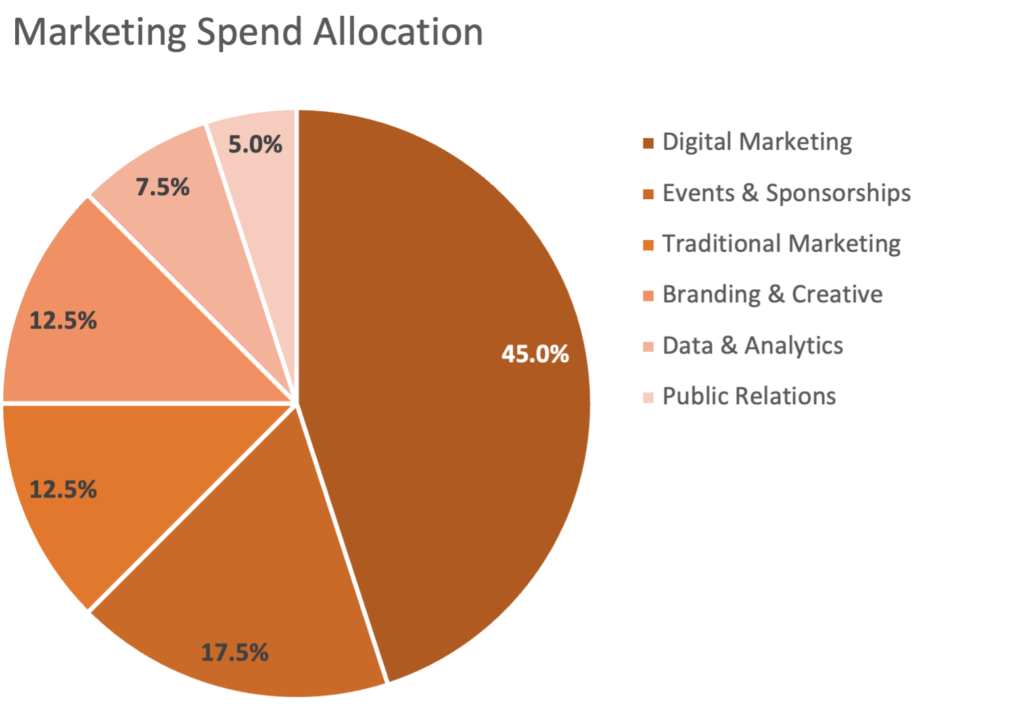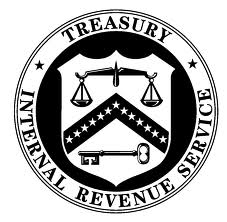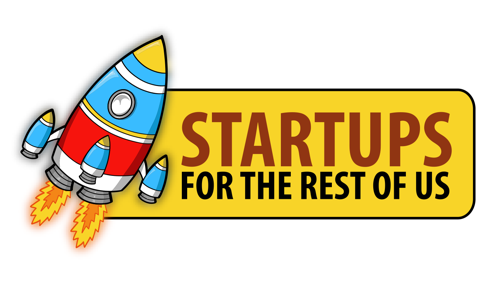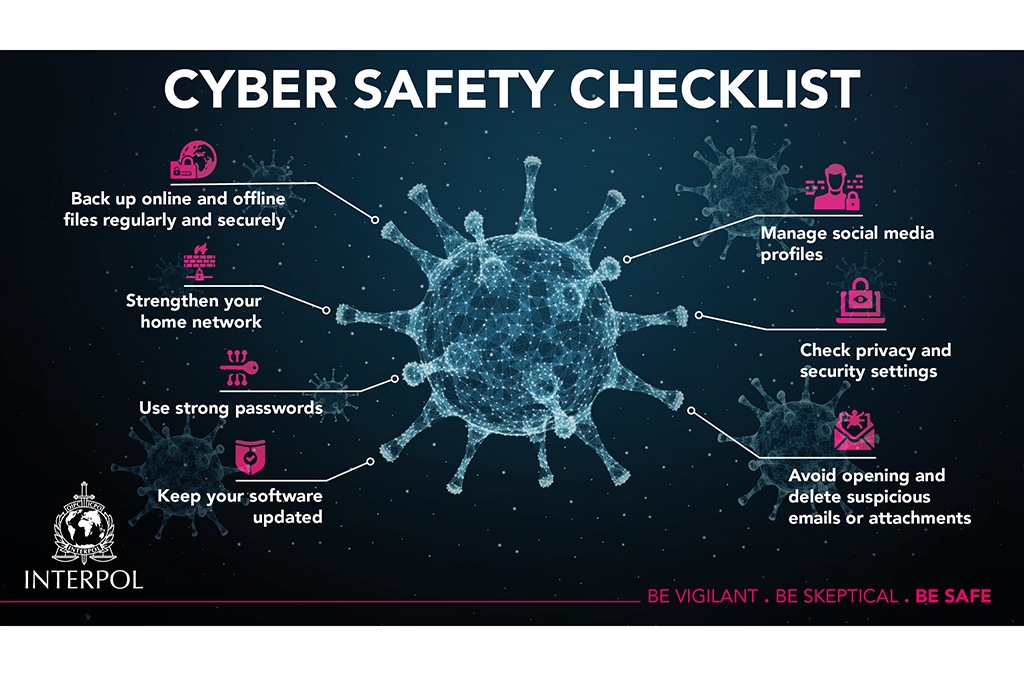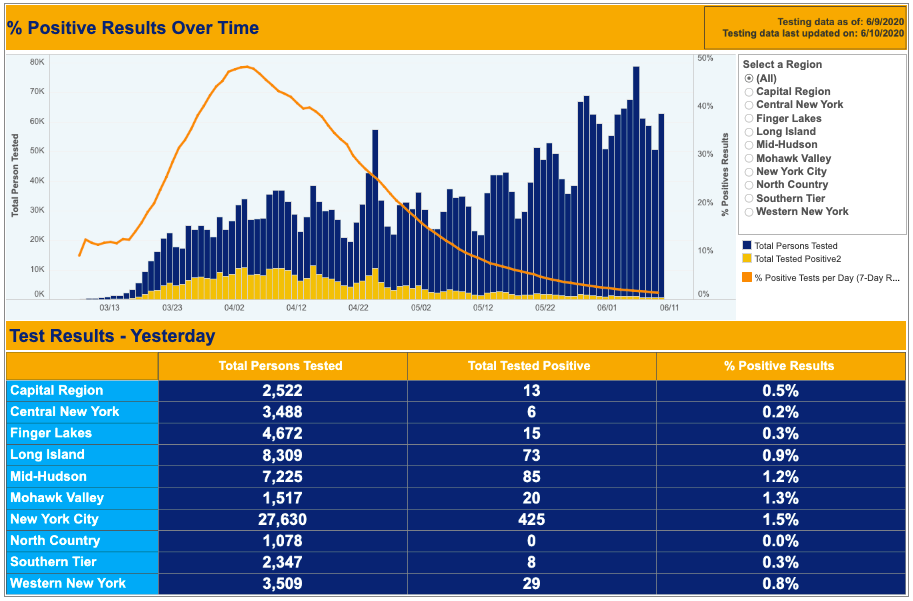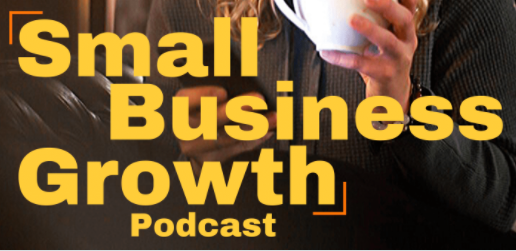
I was talking to a business owner recently, and something from our conversation got stuck in my head.
First of all, some context… this individual owns a profitable small business making $1.5 million in annual revenue. No marketing spend, no website, no company email addresses, drives all business from word of mouth.
We were talking about getting the business a loan. The conversation went straight to the financials, tax returns and P&Ls. But I couldn’t stop thinking that the business would need to create a marketing plan (from the conversation, I picked up that this had not been done already). And this stubborn thought prompted me to write this post and share the article below.
So how important is a marketing plan for a business loan? What are your thoughts?
I’d categorize this as critically important for several reasons. Furthermore, I’d say it’s a priority when seeking a business loan.
Sharing some more details here on CEO Shuffle, Inc.’s website.
